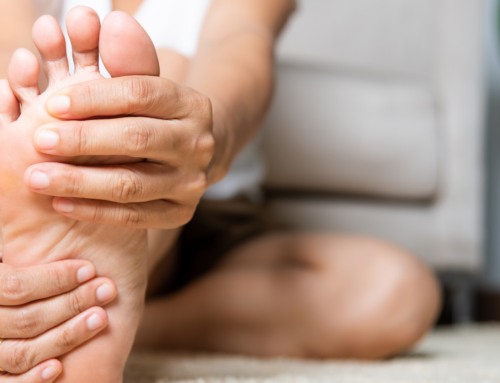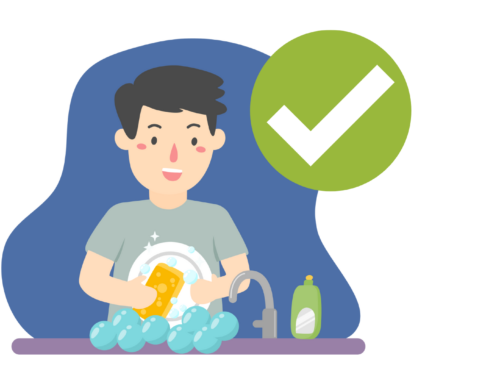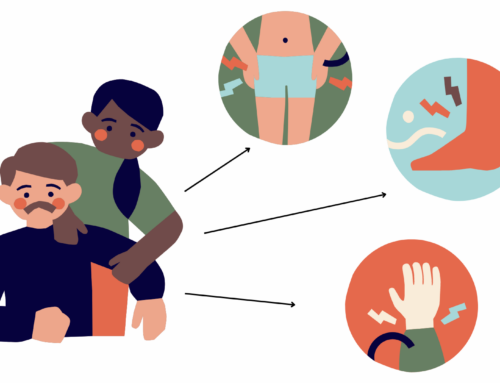How to generate neuroplasticity during rehabilitation?
Neuroplasticity is the brain's capacity to change throughout life. Although this capacity for change is greater in developing brains, both in children and adolescents, it has been seen that the adult brain also has a certain capacity for change aimed to adapting to the environment and improving the chances of survival. This will help patients to adapt along the rehabilitation process. There are strategies to improve attention, intelligence, intuition and general cognitive capacity.
What is neuroplasticity for?
Neuroplasticity provides an adaptive advantage, and it is the brain's ability to mold itself, allowing it to respond to external changes that require intellectual capacity, innovation and problem solving. Individuals with greater neuroplasticity are better able to adapt to these new situations successfully, such as physical rehabilitation or dealing with different health conditions.
When neuroplasticity is trained, new connections are created, thus gaining neuronal reserve. This protects against cognitive deterioration that manifests itself in cases such as dementia, and within this, Alzheimer's disease.
How to improve neuroplasticity?
Intellectual stimulation
The first key to improving neuroplasticity is to find new things, such as reading, listening to audios that give you information you didn't know, going to an exhibition or being with people who tell you new things. Putting into practice certain skills to speak, listen, look and identify non-verbal language.
Change a point of view
To look with new eyes. There is a tendency, for example, to sit in the same place everyday. Changing seats is very stimulating for the brain, because doing so changes the direction of the view and this leads to stimulation of different parts of the brain. It also stimulates different neural circuits.
Do not use the dominant hand
Use the non-dominant hand, the left hand if you are right-handed or the right hand if you are left-handed. And not only when writing, but for all daily activities that tend to be done with the dominant hand. Starting to use the other hand is a challenge and is very stimulating for the brain, it activates it, makes it grow and makes it more plastic.
Going for a walk
Stimulates a brain growth factor, BDNF or brain-derived growth factor. This promotes the development of new connections between cells in the nervous system. Creating better circuits through which information is sent and received in certain areas of the brain, like memory.
Neuroplasticity underlies memory and learning, and response to both external and internal stressors, and even the repair of injuries to the nervous system. In an ever-changing world, the ability to adapt quickly can be a determining factor in the trajectory of life. That is why it is important to train neuroplasticity. At NeuroFT we can guide you to change certain routines to improve and train neuroplasticity.
Neuroplasticity is the brain's capacity to change throughout life. Although this capacity for change is greater in developing brains, both in children and adolescents, it has been seen that the adult brain also has a certain capacity for change aimed to adapting to the environment and improving the chances of survival. This will help patients to adapt along the rehabilitation process. There are strategies to improve attention, intelligence, intuition and general cognitive capacity.
What is neuroplasticity for?
Neuroplasticity provides an adaptive advantage, and it is the brain's ability to mold itself, allowing it to respond to external changes that require intellectual capacity, innovation and problem solving. Individuals with greater neuroplasticity are better able to adapt to these new situations successfully, such as physical rehabilitation or dealing with different health conditions.
When neuroplasticity is trained, new connections are created, thus gaining neuronal reserve. This protects against cognitive deterioration that manifests itself in cases such as dementia, and within this, Alzheimer's disease.
How to improve neuroplasticity?
Intellectual stimulation
The first key to improving neuroplasticity is to find new things, such as reading, listening to audios that give you information you didn't know, going to an exhibition or being with people who tell you new things. Putting into practice certain skills to speak, listen, look and identify non-verbal language.
Change a point of view
To look with new eyes. There is a tendency, for example, to sit in the same place everyday. Changing seats is very stimulating for the brain, because doing so changes the direction of the view and this leads to stimulation of different parts of the brain. It also stimulates different neural circuits.
Do not use the dominant hand
Use the non-dominant hand, the left hand if you are right-handed or the right hand if you are left-handed. And not only when writing, but for all daily activities that tend to be done with the dominant hand. Starting to use the other hand is a challenge and is very stimulating for the brain, it activates it, makes it grow and makes it more plastic.
Going for a walk
Stimulates a brain growth factor, BDNF or brain-derived growth factor. This promotes the development of new connections between cells in the nervous system. Creating better circuits through which information is sent and received in certain areas of the brain, like memory.
Neuroplasticity underlies memory and learning, and response to both external and internal stressors, and even the repair of injuries to the nervous system. In an ever-changing world, the ability to adapt quickly can be a determining factor in the trajectory of life. That is why it is important to train neuroplasticity. At NeuroFT we can guide you to change certain routines to improve and train neuroplasticity.





